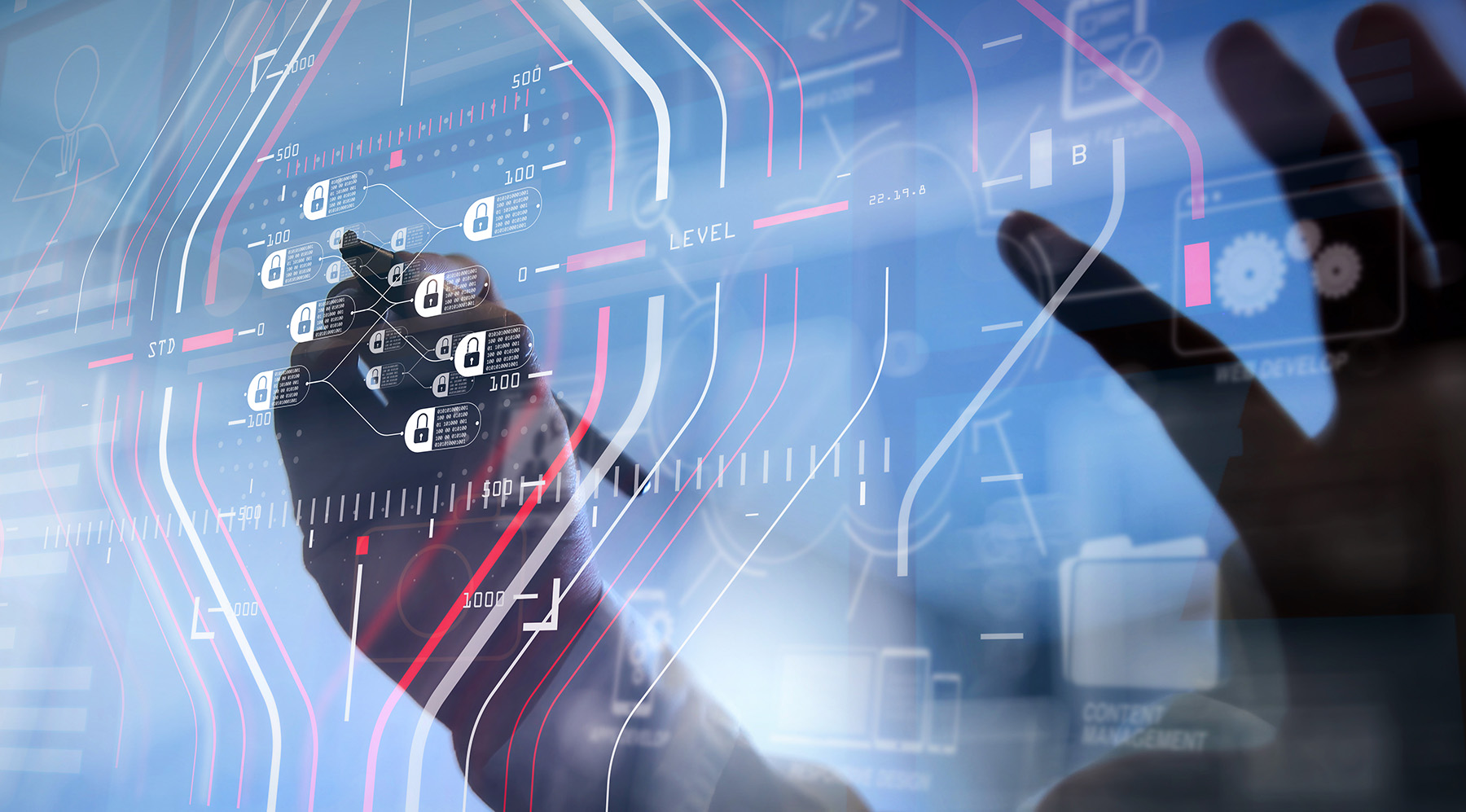Blockchain can facilitate digital transaction in a number of fields, including in manufacturing industry. In this second article in its series on blockchain in industry 4.0, the L-DIH team continues to explore how the technology can improve digital processes in industry and act as an enabler.
As discussed in our first article on understanding the blockchain concept, a blockchain is basically an online record of transactions that is virtually impossible to alter. It is the perfect solution when the counterparts of a transaction need to exchange a unique digital representation of physical assets.
Fields of application
Blockchain has started to change how things are done in a range of fields, for example:
- art: digital works of art (photos, videos, etc.), but also physical ones (paintings, sculptures, etc.) could be represented virtually by their digital fingerprint;
- real estate: the ownership of a property can be shared by splitting its virtual representation into shares;
- finance: shares of financial products, e.g. investment fund, are given a virtual representation. There are already projects that can drive all the processes that define fund management in a distributed ledger.
The idea is always the same: designing a virtual representation of physical assets, possibly split into shares of (varying) sizes, which are then stored, managed, and exchanged in a blockchain-based distributed ledger.
Blockchain in the manufacturing industry
Industry in general seems to be lagging behind in the use of blockchian and does not yet seem to have grasped how this technology can help its digital transformation. However, its potential is enormous, both as an enabler in certain fields and as a generator of new business models.
The schema below, developed by BCG, outlines five manufacturing activities that could benefit from using blockchain:
- as an enabler (in green):
- supply chain management;
- quality checks;
- intellectual property (IP) protection and monetizing;
- to create new business models (in blue):
- machine-controlled maintenance;
- machines as a service.

Source: BCG
Supply chain management and quality control
Blockchain and digital ledger technologies are also slowly but surely becoming the backbone of supply chains. Its advantages perfectly match the constraints of the field, such as dispersed environments and a strong need for trust. By reducing manual processes and reducing costs, it increases quality and strengthens the traceability of all types of goods, all over the world. This leads to obvious blockchain use cases such as:
- services and goods certifications;
- the fight against counterfeit goods;
- improvement of contracting and financing;
- more transparency in the execution of processes, that could lead to ethics improvement.
Quality controls, which must be accomplished throughout the whole manufacturing process, is basically about recording measures. Initially, these measures were noted on sheets of paper; then companies began to digitise them and manually record the production information on a computer. One can imagine all sources of error in these treatments. Today, the increasing connectivity of production machines enable them to carry out quality controls on their own. If these quality data are automatically recorded on a blockchain, and thus become shared and inviolable, this would be a real leap forward in the field of quality control. In the end, the value added to products would be directly perceptible by customers who could have direct access to the certified quality check track records.
Protecting and monetising critical IP
Blockchain can also be useful for protecting critical intellectual property and for increasing its financial benefits. By managing all the exchanges between manufacturing players in a decentralised way, blockchain can, for example, expand the opportunities for licensing.
This is particularly true in the field of additive manufacturing. HP’s Chief Technical Officer, Shane Wall, outlines how a blockchain can be used to keep track of the 3D printing of a specific design for which the producer has bought the right to produce a specific number of products:
The printer prints it out and modifies the blockchain. After it completes the part, it updates the blockchain, and says, ‘one is printed, and you only have 999,999 you can do.’ … It will radically change counterfeiting of parts […].
In this context, the blockchain can also be used as a registry that hosts information related to the Product Lifecycle Management (PLM). This securitisation helps to increase trust by combating counterfeiting or piracy and by providing transparency.
Some might think that connecting of different generations or different brands of machines to the same distributed ledger machines is impossible, but this is not the case. There are projects that have succeeded in retrofitting machines and creating a layer of abstraction to compensate for their heterogeneity.


